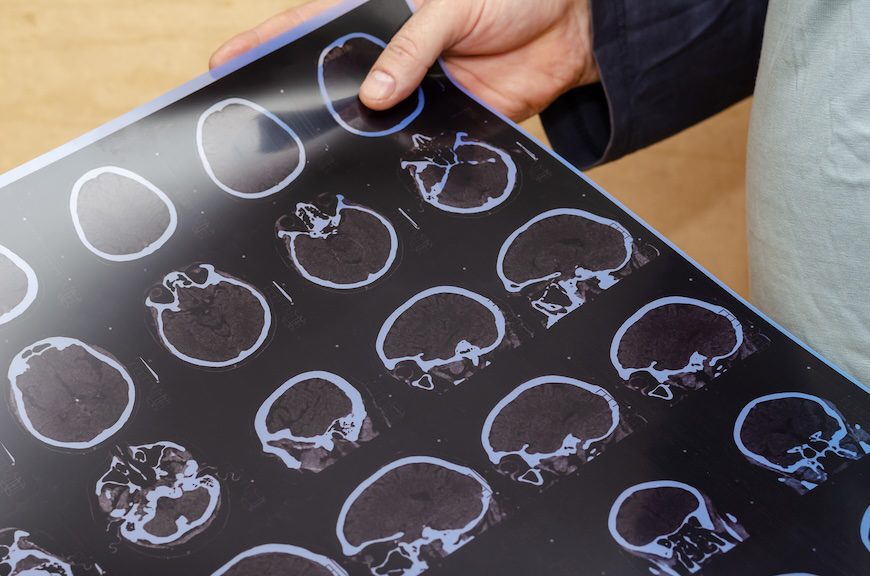The latest edition of Weekly Mind Reader leads with a study of new mothers enduring unwanted, intrusive thoughts, how xylazine has fallen into the wrong hands, and trends in dementia-related mortality.
Study Examines Unwanted Thoughts in New Mothers
A new study – appearing this week in The Journal of Clinical Psychiatry – has revealed that unwanted, intrusive thoughts (UITs) related to infant harm are a more common experience among new mothers than we could have imagined.
These ruminations can involve actual, accidental harm, such as “What if my baby falls off the bed?” Or even intentional harm, such as “What if I strangle my baby?” And they’re often distressing and ego-dystonic, at odds with one’s self-image.
This research, which looked at UITs in postpartum women for six months, found that nearly all participants reported thoughts of accidental harm (TAHs). More than half reported thoughts of intentional harm (TIHs). Although these thoughts occur more frequently, the research highlights that they’re not at all linked to a higher risk of physical aggression toward the new baby. In short, new mothers struggling with these thoughts aren’t any more likely to engage in aggressive behaviors than those who don’t.
The researchers stressed that while UITs are common, they can threaten a new mother’s mental health. They might be vulnerable to obsessive-compulsive disorder (OCD), for example, marked by recurrent, distressing UITs, and compulsions meant to reduce associated anxiety.
The study also revealed that the most intense period for these thoughts typically occurs within the first few weeks after childbirth. But both the frequency and influence of these thoughts wane for most new mothers.
Despite the high prevalence of these thoughts, the study highlights how important it is to better understand how these thoughts can shape one’s mental health, especially since most of the existing research only includes smaller, mostly Western samples. As a result, the study’;;s authors conclude that more research could pave the way for better caregiver support for new mothers battling these terrifying thoughts.
IN OTHER PSYCHIATRY AND NEUROLOGY NEWS
- In a new letter to the editor of A Primary Care Companion for CNS Disorders, readers strongly suggest that we need to raise awareness among public and healthcare professionals about xylazine and its infiltration into the nation’s illicit drug supply.
- Another new PCC study analyzed contemporary trends of dementia and dementia-related mortality in the United States between 1999 and 2020.
- Original research appearing in JCP examines PSG-measured sleep abnormalities, such as reduced REM latency, and wonders if it might be a diagnostic differentiating factor between MDD and bipolar disorder.
- A case report discusses a PMDD patient who developed delusional disorder, with marked variability in symptom severity correlating with the menstrual cycle.
- Finally, the FDA rejected Lykos Therapeutics’ application to use MDMA for PTSD treatment, citing the need for further safety and efficacy studies.



